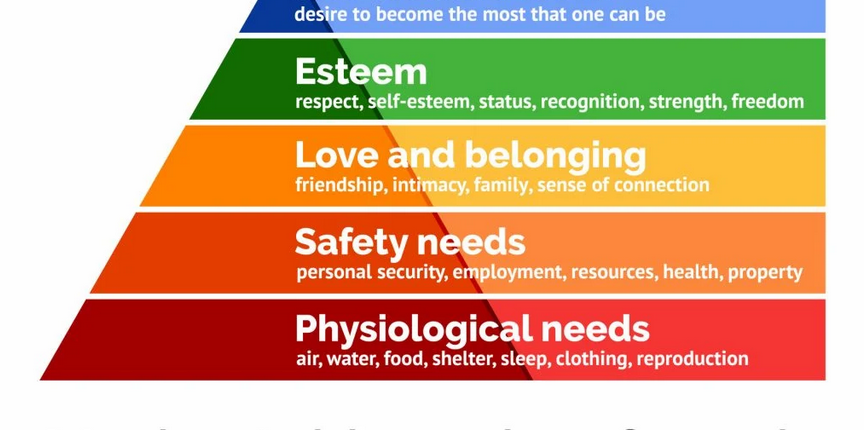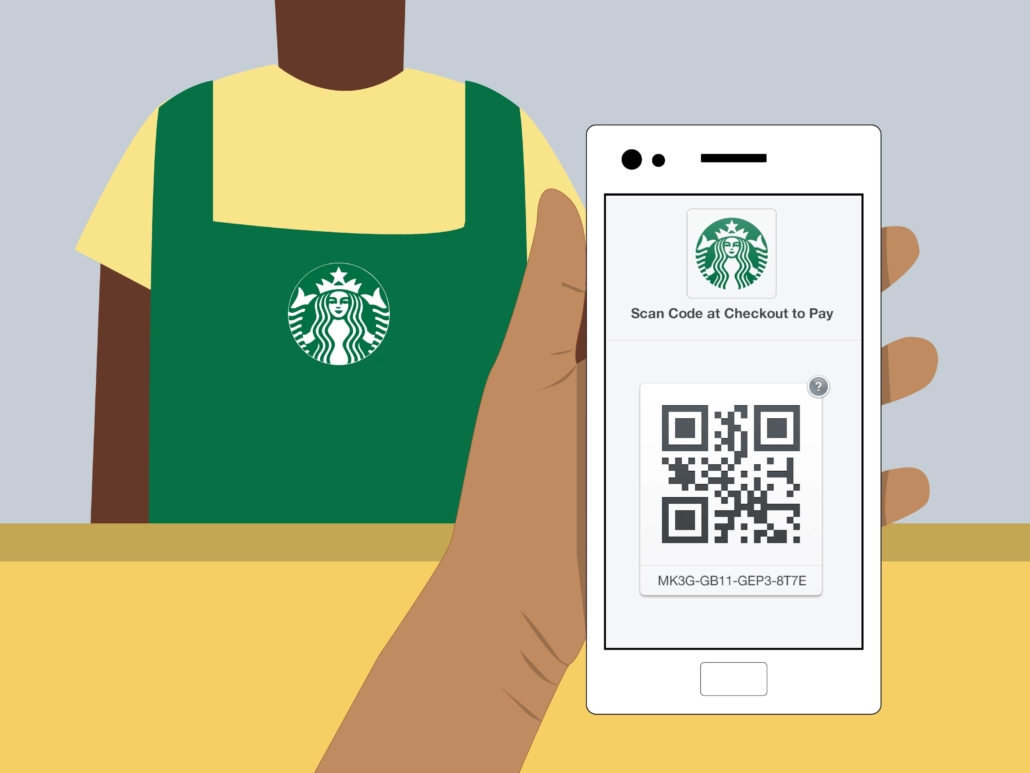How To Create Content People Actually Want
When creating content, the goal is to resonate with our audience. But with so much content saturation and consumers having less reading time, capturing readers’ interests is harder than ever. So what makes content stand out? Continue reading here to find out.
It’s no secret that quality online content is important for driving website traffic, finding new customers, and asserting your company as an industry leader. The challenge is clear: There is an enormous supply of content on the internet, and people seem to have less free time to read than ever. So how can your writing compel even the weariest readers to stop and take in new information?
Quality Not Quantity
You’ve defined your content strategy, assembled a team or found a great outsourcing partner. Before you can start creating content your audience wants to read and share, you need to set up systems that guarantee quality over quantity.
How do you identify and ensure high-quality content?
Quality should always be your priority in content creation. Search engines value quality content when ranking websites; even more importantly, quality content significantly affects your readers and customers. But, you must apply reviewing and editing criteria to an article before publishing it. To help ensure your content will be engaging to your target audience, ask yourself if you’ve covered the following factors:
- Originality: What does your content/brand offer that no others do? How does it stand out from the crowd? What makes the perspective unique?
- Readability: Does the article summarize and explain complex matters in an approachable, easy-to-understand way? Is it written engagingly?
- Voice: Does the tone speak to the reader? Does it match your brand’s culture and tone?
- Relevance: Is the article meaningful to its intended reader? Does it help the reader’s purpose or answer their questions?
- Timelessness: Will the content still be relevant and exciting in a few years? Could it easily be updated if needed?
- Grammar and spelling: Is the writing free of typos and grammatical mistakes?
In the word of digital marketing, criteria constantly evolve. This means staying on top of the latest content marketing research and analysis and adjusting your strategy as needed is essential.
To really get into the brains and needs of your audience, have you considered the psychological aspects of your content? This can be explained by Maslow’s Hierarchy of Needs…
Understanding Maslow’s Hierarchy of Needs
To understand what sets exceptional content apart, it’s important to first understand the framework. One such framework is Maslow’s Hierarchy of Needs, which predates the concept of content marketing. Maslow arranged human needs in a hierarchy. With survival-oriented physiological needs at the bottom and more imaginative and intellectually oriented “self-actualization” needs at the top.
According to Maslow’s theory, higher needs are increasingly psychological and long-term. While lower needs are more focused on short-term survival. Let’s explore how this hierarchy intersects with content marketing.
Physiological needs
The bottom of the pyramid is straightforward to comprehend, as it encompasses all the necessities for survival. For brands that offer products or services that aid with these basic needs, a remarkable opportunity arises in the ability to develop informative content that assists consumers in achieving a good quality of life.
Numerous tourism groups offer essential food guides for their regions. For example, Chicago’s food industry provides an excellent example of such guides, while brands like Weber may provide recipes and educational content on specialized diets and cooking. Software companies like Adobe also take this approach with CMO.com, a successful website that focuses on insights, expertise, and inspiration for and by digital leaders.
Safety Needs
Several industries, particularly automotive and pharmaceuticals, incorporate safety as a key theme in their marketing strategies. Content centered on safety can be created around the promise of protection or faster recovery from injury and disease. Tesla provides an excellent example of this by emphasizing the safety of their self-driving vehicles.
They also are able to tie in the environment’s well-being through their range of electric cars. Brands that prioritize safety can use clever content to tap into people’s desire to safeguard themselves and their families, fostering engagement and conveying critical messages that can enhance people’s lives.
Social Needs
As we move up Maslow’s hierarchy, the opportunities for content inspiration become more diverse. The need for love and belonging encompasses a desire for close and happy families, fulfilling friendships, higher self-esteem, and an overall sense of fulfillment. Many brands find ways to help consumers forge deeper relationships. For example, McDonald’s is known for tapping into family values and togetherness in its advertising campaigns. Brands use friendship as a central theme as well. Family, friendship, and intimacy can all serve as powerful tools in messaging and engagement for brands across various industries.
By appealing to the human need for love and belonging, brands can create messaging that strikes a chord with consumers on a personal level. Thereby building trust and loyalty. This type of content can be especially effective in industries where emotional connections are crucial. For example, healthcare, education, and consumer goods. However, it is important to keep in mind that such messaging needs to be authentic and aligned with the brand’s values and mission. Consumers can easily detect insincere attempts to exploit their emotions for commercial gain.
Working With a Digital Agency That Meets Your Needs
Selecting the right digital marketing agency is crucial for businesses seeking to establish or expand their online presence. Experienced content agencies can identify what needs to be done to improve your overall online presence and produce fast results.
At Onimod Global, content creation is the cornerstone of our marketing. Our army of talented creators can help brands to create authentic content that will resonate with their target audience. Not only do we help to reduce the cost of hiring a full-time content creator, but we also help to streamline the whole creative process, as the content can also be used for other types of digital assets like ads, newsletters, and social posts. Our creative capabilities span all mediums and solutions, from omnichannel creative campaigns to product and service innovation to global brand experiences.
Final Thoughts
Creating content that resonates with audiences can be challenging, but using Maslow’s Hierarchy of Needs and selecting the right digital agency can help businesses achieve their content goals.
At Onimod Global, we are dedicated to using our experience and content creation expertise to assist businesses in achieving success through modern marketing strategies.
Contact us to learn more about how we can help with your social media strategy today.




